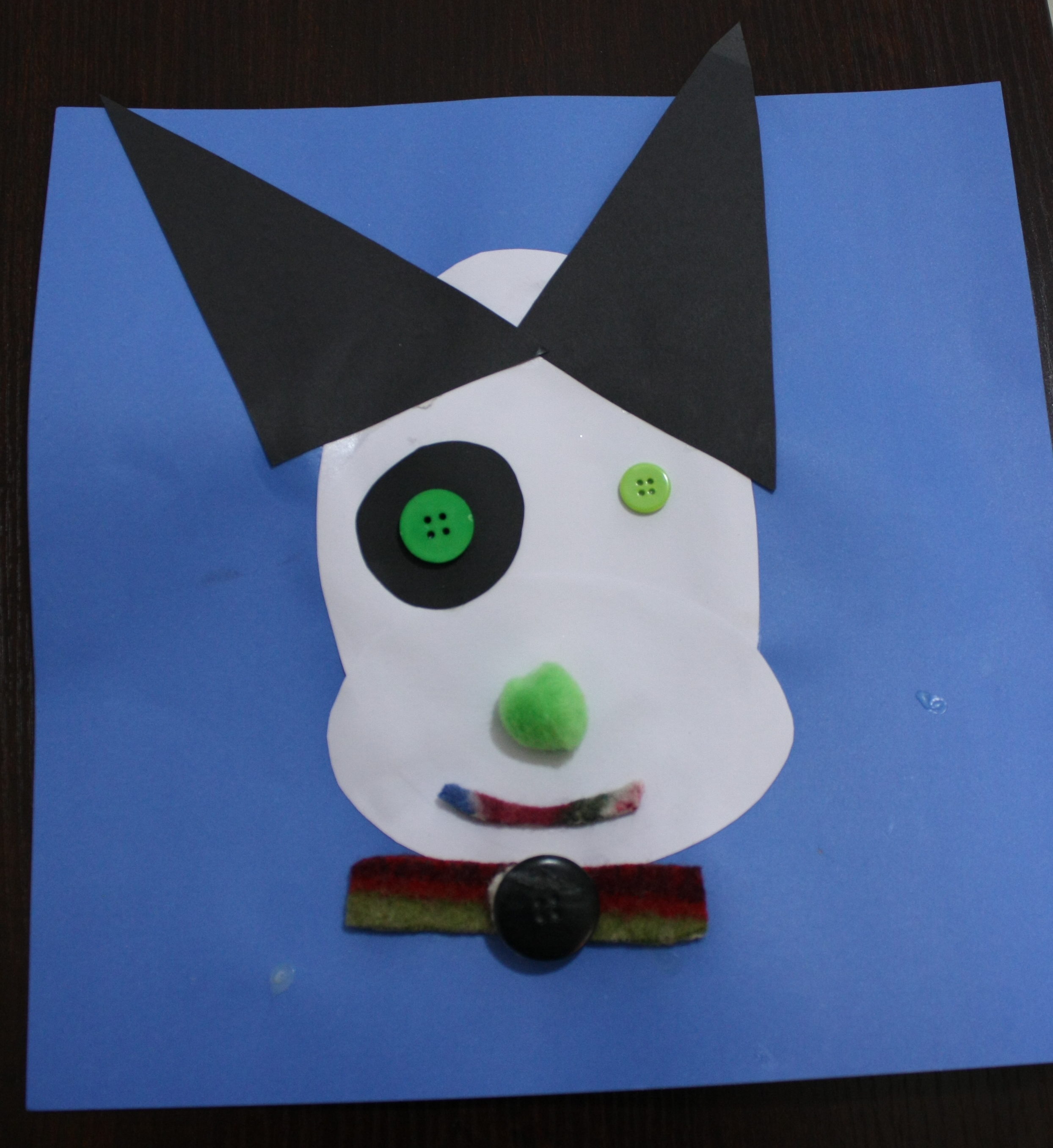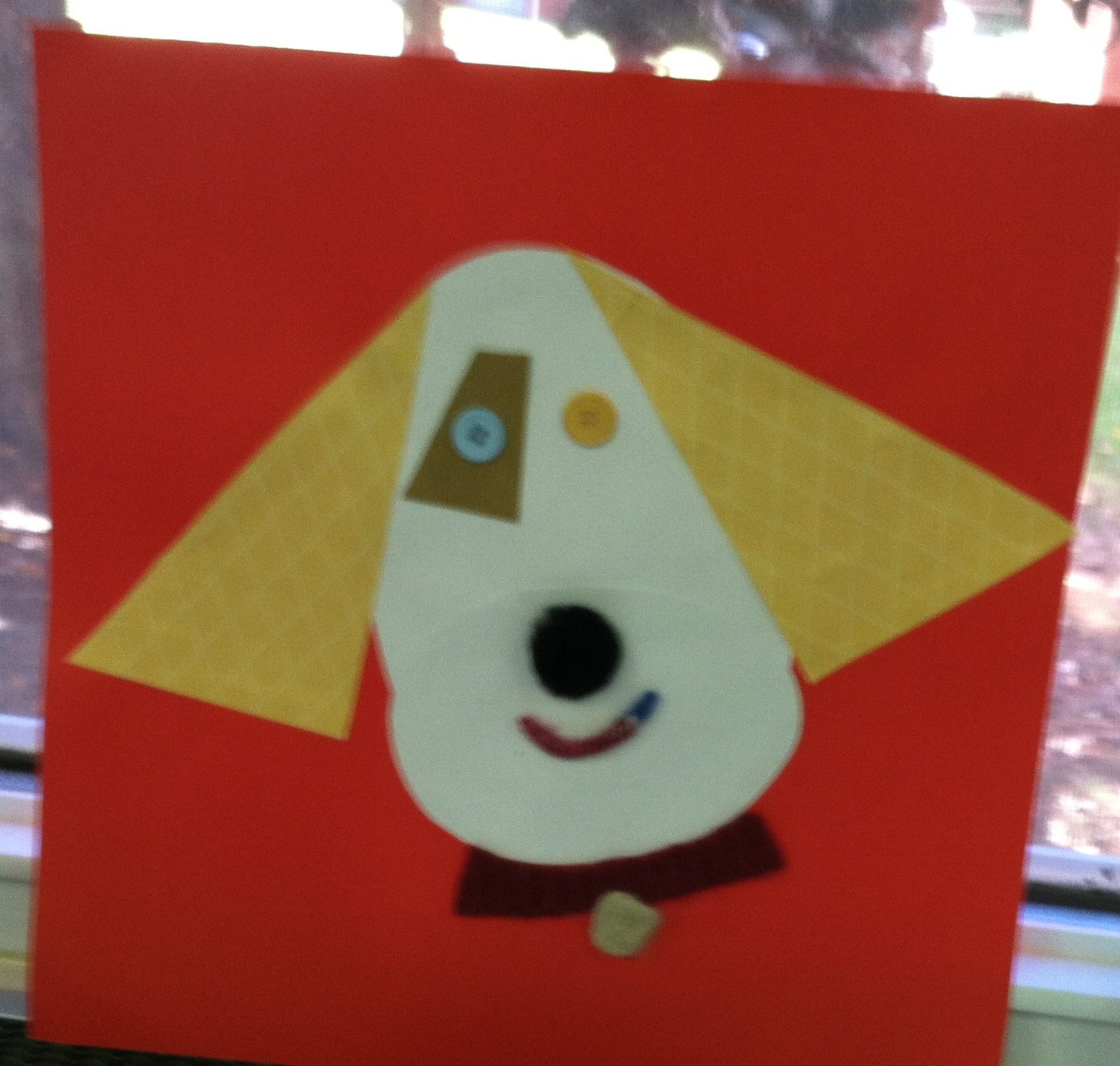Introduction to Zoology for Early Elementary Students ~ Week 10: Dogs & Wolves

This post is part of the Introduction to Zoology series. For a suggested class schedule, an overview of the entire course, and links to more lesson plans, please see the Introductory Post.
My sincere apologies for the long delay in completing this series of Lesson Plans. I am very sorry for any inconvenience it has caused you! I hope to have the remaining lessons posted by the end of March.
In this lesson you will teach your students about dogs and wolves, including foxes.
Disclosure: I was not compensated for this post. I am an affiliate of Amazon, and will receive a small commission if a link on this page is used to make a purchase.

Week 10 Lesson Plan
Note: The following schedule is for a 2-hour class. We also allowed time each week for Show-and-Tell, which is not included below.
1. Introduction & Map Activity (Floor: 5 Minutes)
Dogs live in most countries, either wild or as pets.
Wolves mostly live in North America and Asia, though a few remain in Europe.
Foxes live in many different habitats around the world. They adapt well to many different environments.
Place a picture of a wolf on the North American continent on your map this week.
In my lessons I used the Discovery Kids Fabric Activity Map pictured at the right. I split the felt land mass, water body, and animal pieces into 12 different baggies, one for each lesson. Each week I distributed the felt pieces among my students and allowed them to place them on the map, using a picture of the completed map as a guide.
Alternate Map Idea
The Discovery Kids map appears to be discontinued, so instead, you can use a regular wall map or globe. Cut out small pictures of the animals you are going to learn about from magazines or old encyclopedias. (Or, print them from the internet.) During each lesson attach them to the appropriate area on the map or globe with removable poster putty.
2. Poetry (Floor: 5 Minutes)
The Llama Who Had No Pajama: Foxes (page 27).
3. Animal Encyclopedia (Floor: 5 – 10 Minutes)
Read one – four pages from a children’s animal encyclopedia about dogs, wolves and foxes. Encourage discussion by asking questions such as:
- “What is the most interesting thing you remember?”
- “What differences did you notice between dogs and wolves? What similarities? What about between dogs and foxes?”
- “Do you remember what dogs, wolves, and/or foxes eat?”
I mostly used DK First Animal Encyclopedia, and occasionally Usborne Children’s Encyclopedia of Animals for my lessons.
Use a free Animal Sounds app on your phone or tablet: find the animals you are studying in this lesson and play the sounds for your kids. My students loved this – especially when I let them touch the buttons to play the sounds! If you can’t find the sound for the animal you are studying, try finding some that live in the same habitat.
4. Activity Idea 1: Predator and Prey Masks (Table: 15 – 20 Minutes)
- Predator Mask and Prey Mask printed on card stock for each child (from Hands-On Minds-On Science: Animals)
- Large craft sticks for each mask (2 per child)
- Packing tape
- Crayons, Markers, Colored Pencils
- Scissors
Follow the instructions in the Hands-On book. Color the masks and cut them out – the kids may need help with the eye holes. Tape a large craft stick on the back. If you wish (and you have the room), you can have them take turns being “predators” and “prey” and they can stalk each other around the room (or playground). My students really enjoyed this craft – but I forgot to take pictures!
Alternate or Additional Activity
The Hands-On book mentioned above is an older book which I found at a consignment sale, but it had such good activities I had to use it! If you cannot find it, you can use the Dog Mask craft and/or the Three Little Pigs Finger Puppets craft and theater idea (both free printables from education.com).
5. Zoology Notebook (Table: 10 – 15 Minutes)
Pass out binders and crayons, markers and/or colored pencils. Have your students color the Red Fox page. Click on the thumbnail below to open and print the free printable PDF file.
If you read the suggested story about Balto, the sled dog (see #6 below), you can add the Dog Sled coloring page from education.com to your notebooks, too.
You can assemble the Animal Science Notebooks before the school year begins if you wish: click here for blog post with free printables, instructions, and list of printables.
6. Story and Snack (Table: 10 – 15 Minutes)
Read Balto from National Geographic Kids Animal Stories.
Snack idea: Scooby Doo Graham Cracker Sticks (shaped like dog bones) and/or Franks in a Blanket (hot dogs wrapped in a crescent roll – these are available pre-made in the frozen food section of the grocery store, or you can make them from scratch).
Be sure to check with your students’ caretakers for any food allergies ahead of time.

For more animal-themed snack ideas, please visit my Science For Kids – Snacks Pinterest board.
7. Art Project Idea: Multi-Media Puppies (Table: 15 – 20 Minutes)
Supplies:
- 12″ x 12″ card stock (check the scrapbooking section of your local craft store)
- Pre-cut paper shapes (large and small triangles for ears, large ovals for faces, smaller ovals for muzzles)
- Pom-pom balls
- Buttons
- Yarn
- Short felt strips (see pictures below)
My very creative teaching partner brought in the supplies for the students to make multi-media art puppies. They had a lot of fun with this project! Here are a couple of samples from our class:


See my Science For Kids – Life Science Pinterest board for more ideas!
Please feel free to comment below with your recommendations – I appreciate your ideas and suggestions!
Text and Images Copyright 2018 Kathryn Depew, except for image of the Wolf, which is by Mathias Appel on flickr.com.
Disclosure: I was not compensated for this post. I am an affiliate of Amazon, and will receive a small commission if a link on this page is used to make a purchase.






Leave a Reply